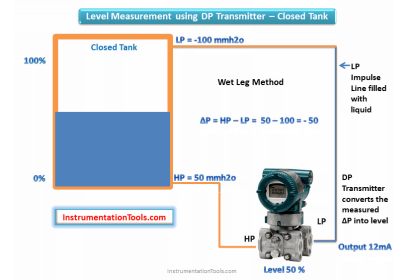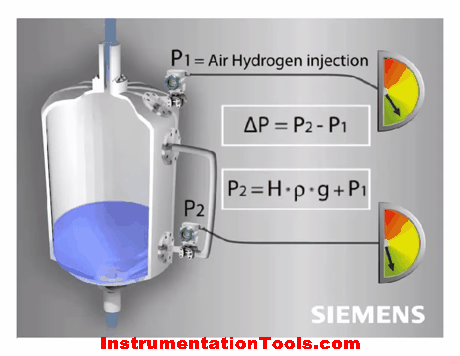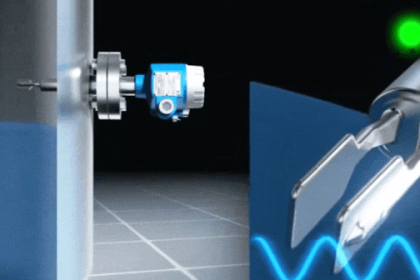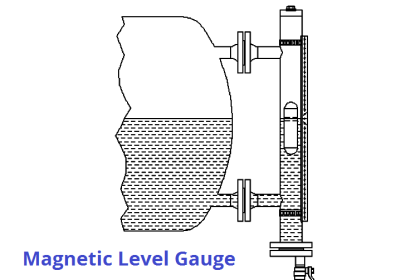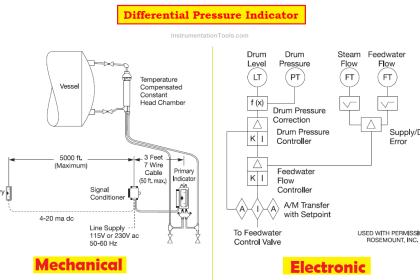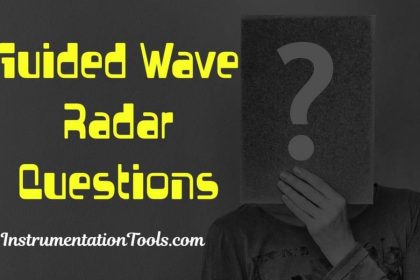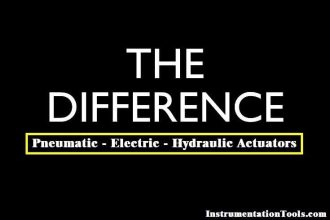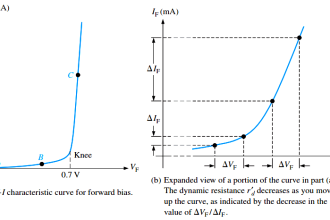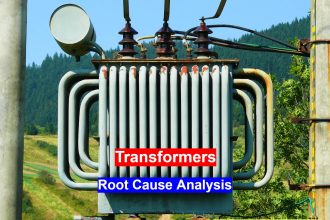In Surface Detector Level Gauges, a ‘plumb line’ weight is lowered from the sensor unit, which is fixed to the top of the tank, until the weight makes contact with the surface of the contained material.
The weight is then retracted into the sensor unit whilst the line is measured. The resulting measurement is then used to calculate the level of material present in the tank.
Surface Detector Level Gauges
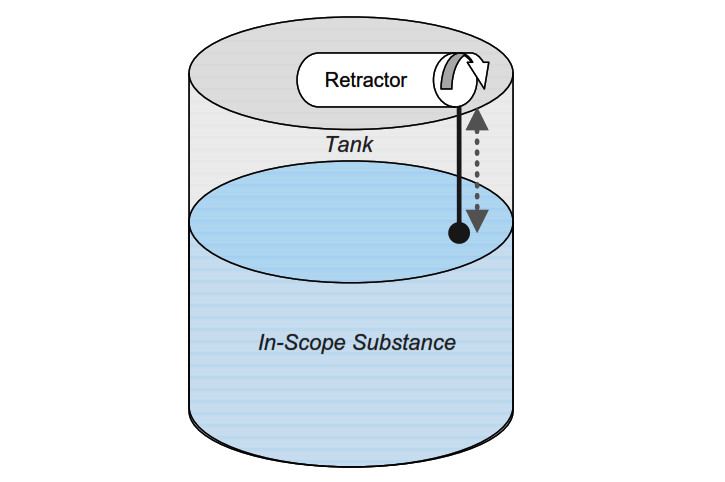
Unlike servo-operated float gauges that provide continuous measurement, surface detectors are periodic measurement systems.
The most commonly reported problem with surface detector level measurement systems is that the plumb weight can become jammed in the sensor unit.
Similarly to float-operated wire-guided systems, this method’s components are prone to accelerated wear because of continuous movement of the float on the liquid surface, which applies continuous movement on the mechanical components. Therefore, the level of reliability of this method is potentially poor.
It is suggested by industry experts that both the system designers and manufacturers consider this method of tank gauging should no longer be used because of the varying levels of reliability and accuracy of measurement, and the methods high maintenance demands.
Read Next:
- Level Gauge Design Tips
- Displacer Level Sensor Principle
- Types of Level Gauges
- RF Level Switches Principle
- Magnetic Level Gauge Theory
